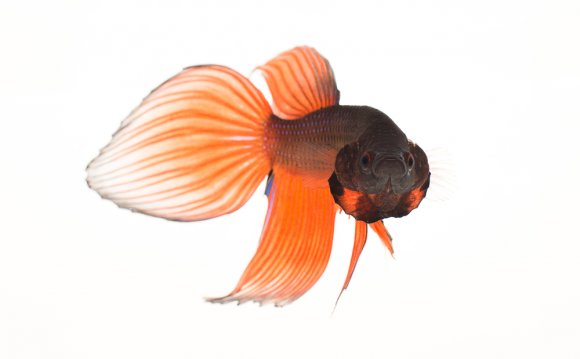
Endocrine disrupting chemicals (EDCs) are ubiquitous in aquatic ecosystems where they have adverse effects on exposed organisms. In addition to causing physiological changes, EDCs often target fitness-related behaviors such as locomotion and courtship. Ethinylestradiol (EE2) is an estrogen mimic that has been found to reduce courtship and aggression in males. However, the consequences of these reductions are not always explicitly addressed. One way in which EE2 may lead to decreased fitness occurs when males respond differently to exposed vs. unexposed conspecifics. To examine this, video playback was used to determine whether male Siamese fighting fish, Betta splendens, respond differently to exposed and unexposed males. Males were presented with four different combinations of videos of males played simultaneously: exposed swimming and unexposed swimming, exposed courting and unexposed courting, unexposed courting and unexposed courting, and exposed courting and exposed courting. Males directed more behaviors to the unexposed than the exposed courting male when presented simultaneously, likely because these unexposed males were perceived as a greater threat to mating success. Additionally, males spent more time tracking and gill flaring, two behaviors that are indicative of fight intent, when presented with two courting unexposed males. This combination could be considered the most threatening because there are two rival vigorously courting males present. These results suggest that EE2 exposure could result in exposed males receiving decreased attention from other males. However, since EE2 exposure also decreases competitive and courtship abilities, this would be far outweighed by the costs.









